As the most famous industrial designer of the 20th century, he designed products as large as planes, ships and trains, and as small as postage stamps, lipsticks and Coke bottles, and his life is as much a history of American industry as anything else.
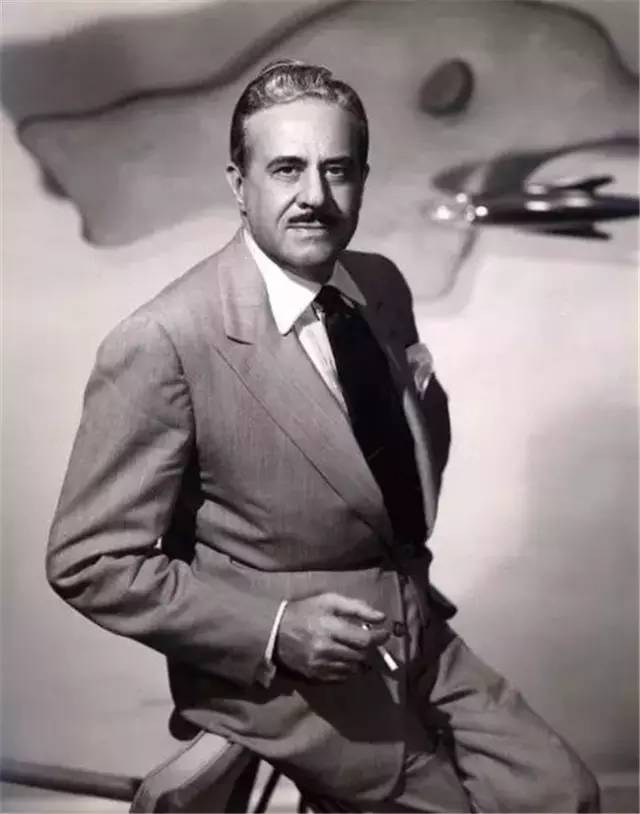
If you don't know who he is yet, then you must have drunk such a classic Coca-Cola. Yes, the Coke bottle that continues to this day was transformed under his hand. He made Coca-Cola a symbol of American culture and brought huge commercial profits to the Coca-Cola Company, and people have called him the most gifted commercial artist in the world.
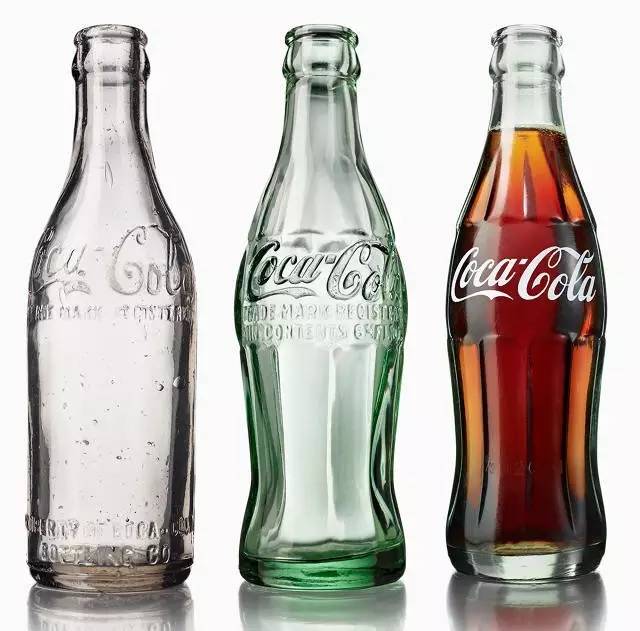
In 1949, he was the first designer to appear on the cover of Time magazine - Raymond Loewy, the father of American industrial design.
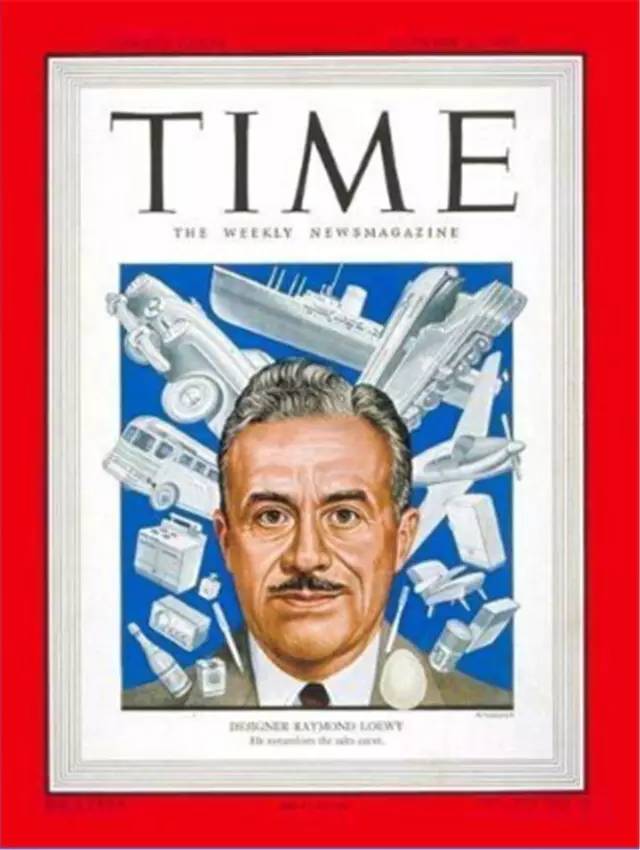
Although he had a grand influence on the United States, Raymond Loewy was actually French and only moved to the United States in 1919 because of World War I. When Rowe first arrived in the United States, with his hand-drawing skills, he did work similar to graphic design until 1929, when he received an order for the modification of the Gestetner photocopier, which began his path to industrial design.
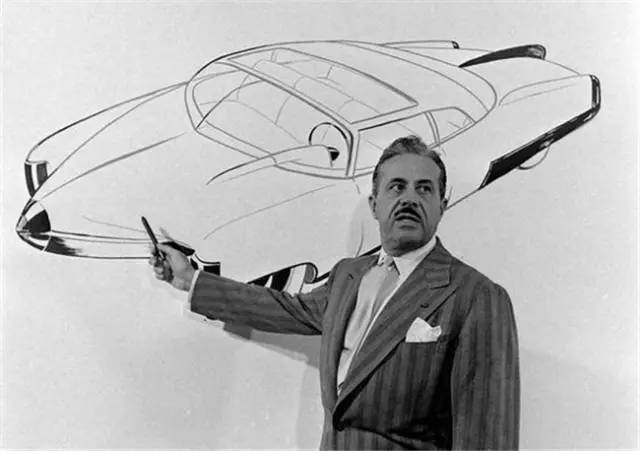
The order, within five days, was to retrofit the company's photocopying machine so that its appearance and performance could be combined in both directions. Rovi applied ergonomics and its own aesthetic concepts to transform the ugly, clumsy machine into a charming piece of office furniture. This makes the copier stand out from the competition, and sales are rising.
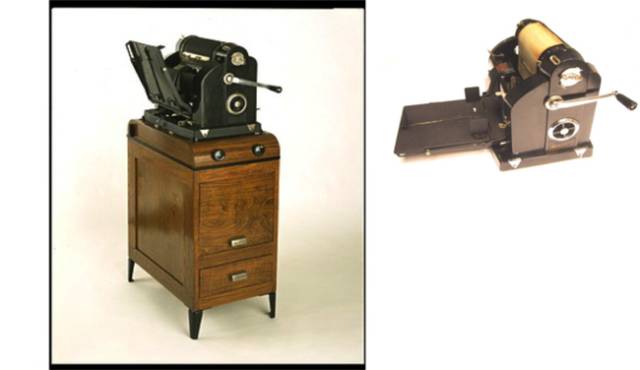
1929, Gestetner ink copier housing
In this way, Rowe's talent and inspiration created the profession of 'Industrial Designer' as it is today, and Rowe's first business opened a new era of industrial design in the United States. He started to establish his own design company in the 1930s, when his business consisted of three areas: transport design, industrial product design, and packaging design.
Vehicle Design
Raymond Lowe had a keen interest in trains and cars from a young age. In fact, as early as 1908, when he was 15 years old, Rowe had independently sketched the Ayrel model aeroplane.
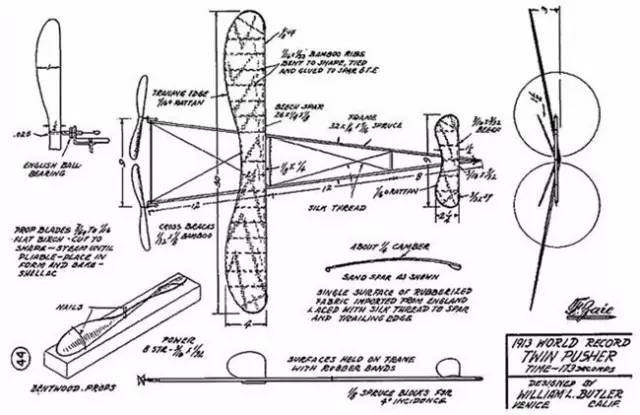
Rowe designed the Hupmobile small car in 1932. The car was one of the first models to receive critical acclaim from the American automotive class and marked a major breakthrough for the old-fashioned sedan.
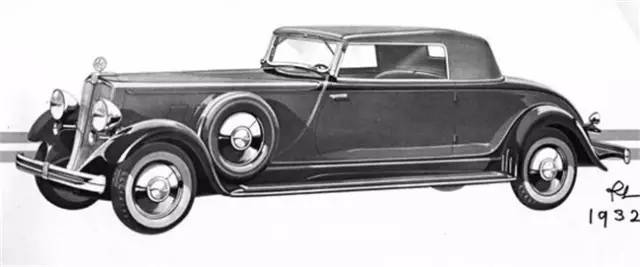
Rowe's philosophy of "streamlining and simplicity" and "beauty through utility and simplicity" led to the streamlining movement in design, and in 1937 Raymond Rowe entered into a partnership with the Pennsylvania Railroad, designing several notable models, the most famous of which was the Pennsylvania S1 steam locomotive. The most famous of these was the Pennsylvania S1 steam locomotive.
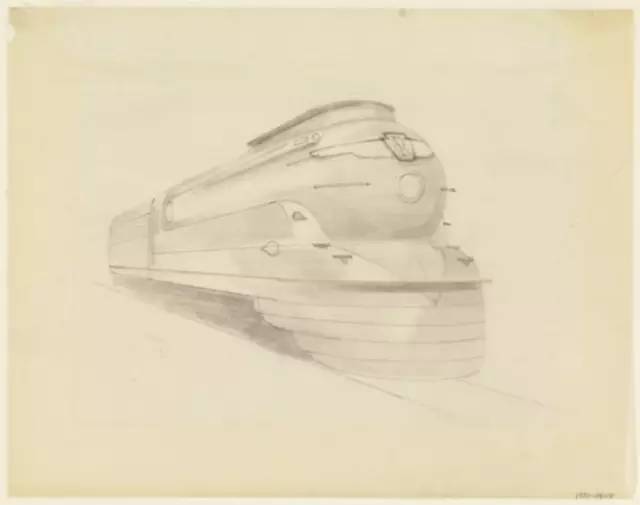
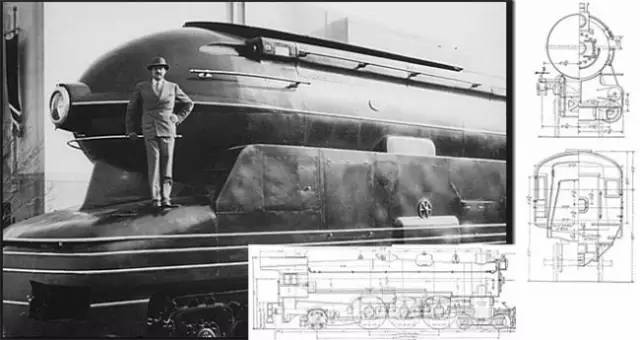
The front end has a spindle shape, which not only reduces wind resistance by 30 per cent, but also gives it a modern look that symbolises high-speed movement. Rovi's designs of the 1930s were undoubtedly the most avant-garde of their time in comparison to traditional steam locomotives.
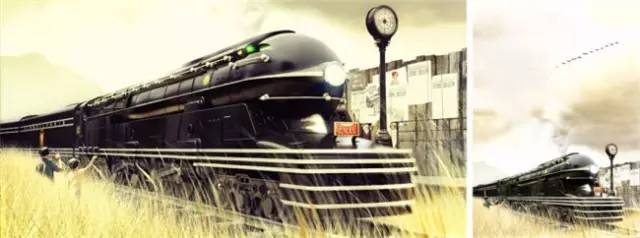
However, due to design flaws in the engineering machinery, only one S1 was ever produced, and in 1949, the only S1 was dismantled.
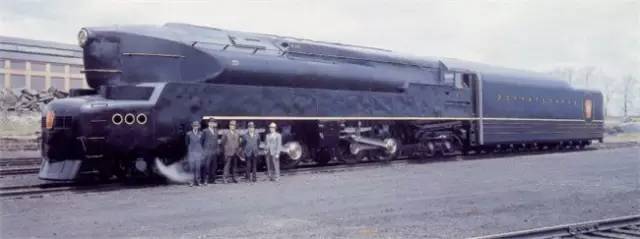
Another famous example of Rowe's collaboration was with Studebaker's car design, the Champion, which was also highly personal, with a streamlined, clean line design.
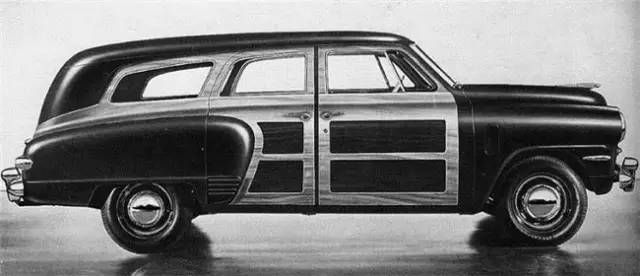
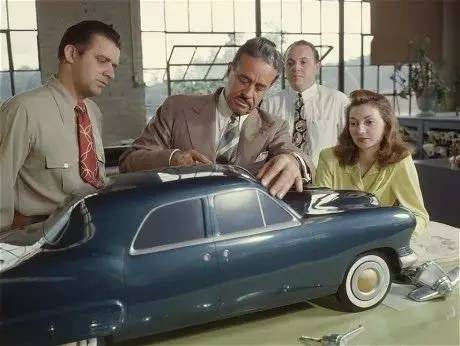
The Studebaker Starliner Coupe and 1963 Avanti were instantly recognisable in 1953 and remain automotive classics to this day.
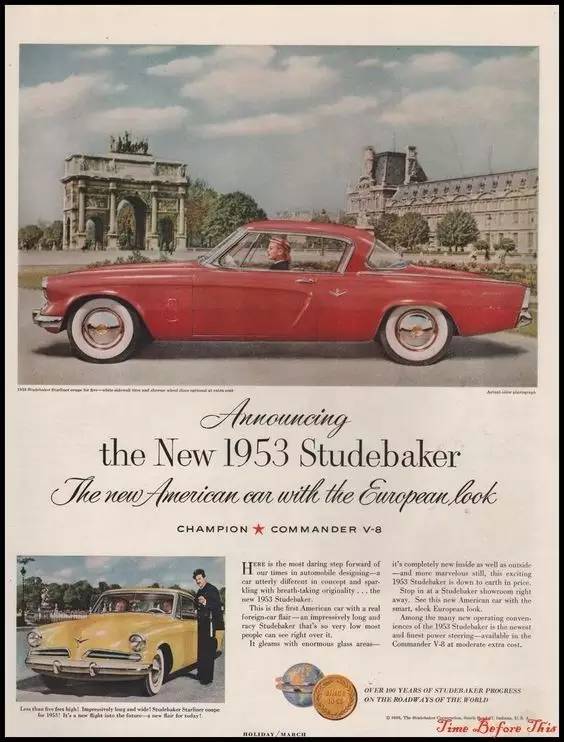
1953 Studebaker Starliner Coupe
In the 1972 Best Car Competition, a joint initiative of the Big Three, Rovi's design topped the list. The Automobile News announced, "The 1953 Studebaker, a long-nosed, barely trimmed, yet sporty sedan, has been hailed as a classic among cars."
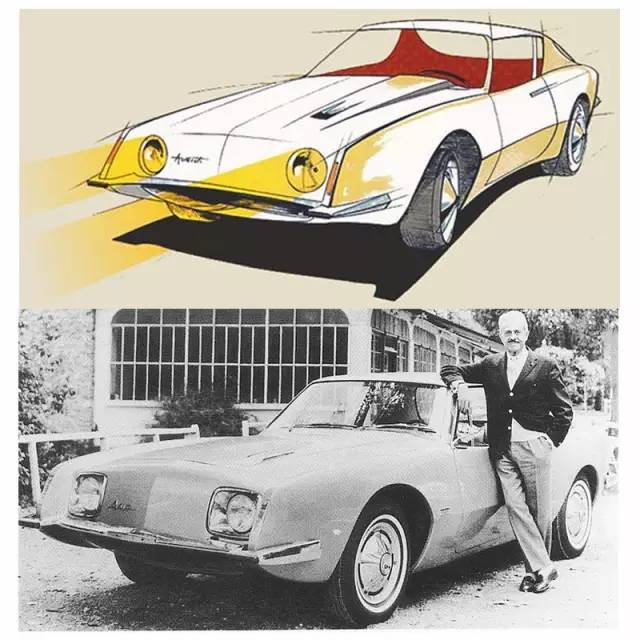
1963 Studebaker Avanti
In 1951, the Greyhound bus double-decker bus, is the United States of America cross-city long-distance commercial bus, passenger transport between the United States and Canada, travelling in the United States, by Greyhound bus can be said to be both convenient and economical.

Rowe departed from the extravagance of the Detroit school of design by advocating the production of low-bodied, slimline, fuel-efficient cars, which is what the PD-4501 originally was, with Rowe keeping the mid-rear of the body and replacing it with the low front end of the truck to form the new car's design.
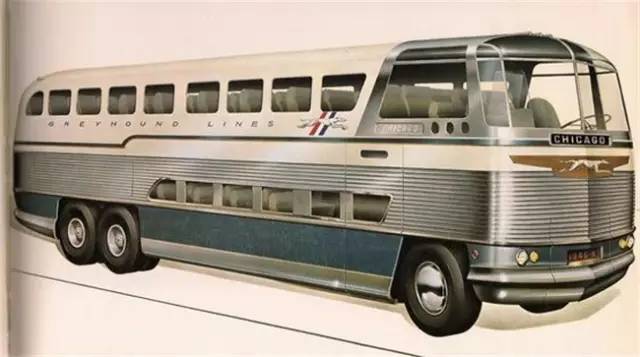
Studebaker Hawk, 1958.
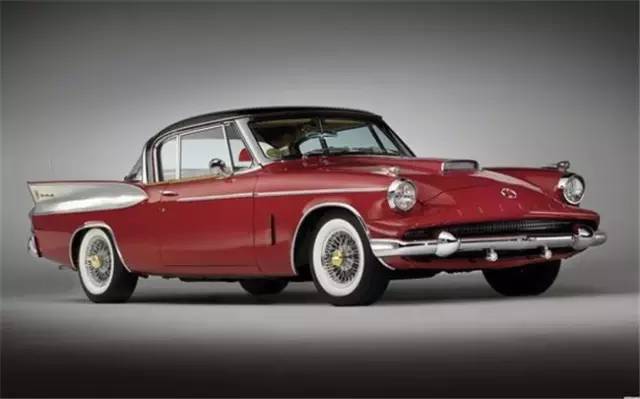
Dorsett Catalina. Yacht.1959
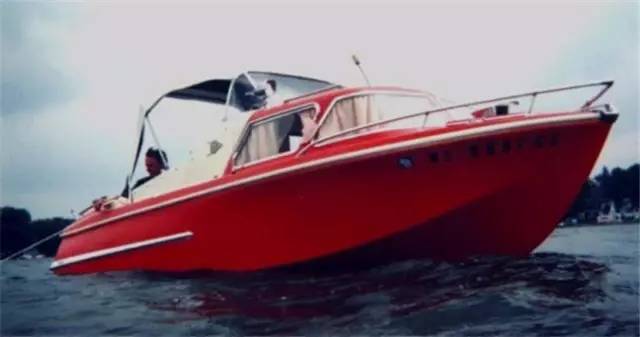
Avanti, 1961
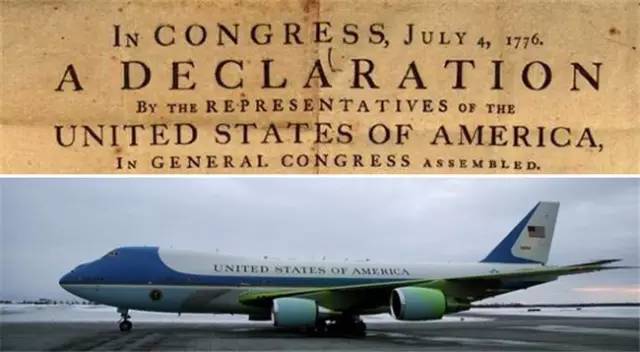
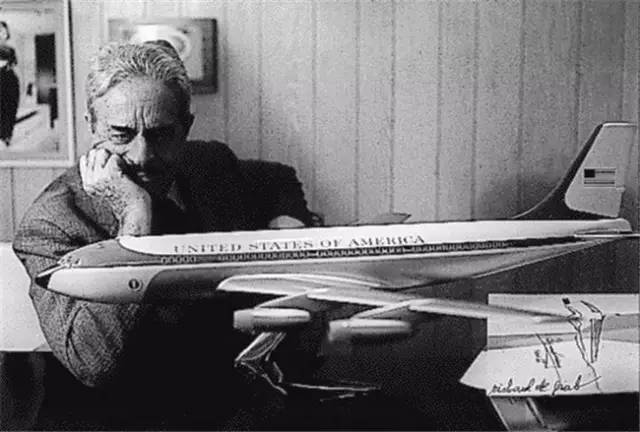
1962, Air Force One's distinctive cream blue-white waistline-chrome belly paintwork
Industrial Product Design
In 1933, Rowe designed an automatic pencil sharpener with an overall streamlined look that became an icon of the design style.
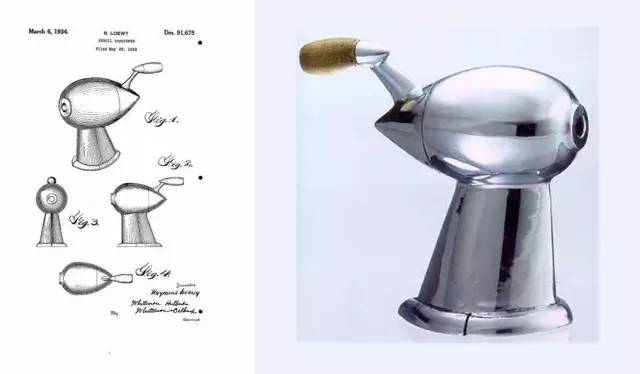
Sunbeam bread machine, 1930.
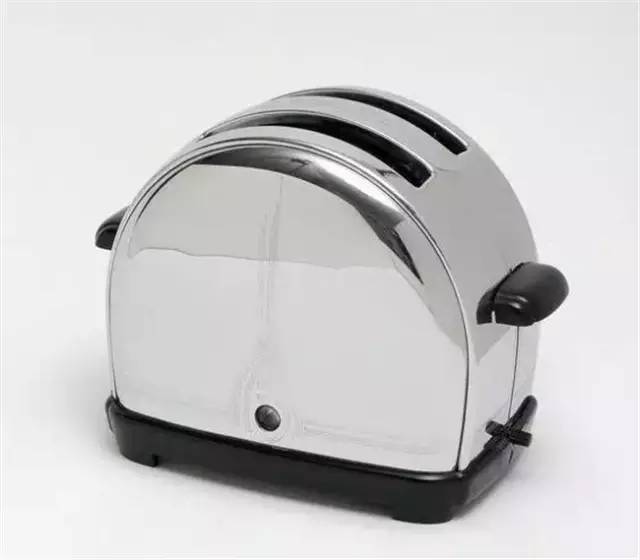
RCA radio,1933
In 1934, Rovi designed a new look for the "Freeze" refrigerator, which had a large rounded shape for a cleaner look; the interior of the refrigerator was also restructured, laying the foundation for the modern refrigerator. "As soon as it was launched, sales rose from 60,000 to 275,000 units per year.
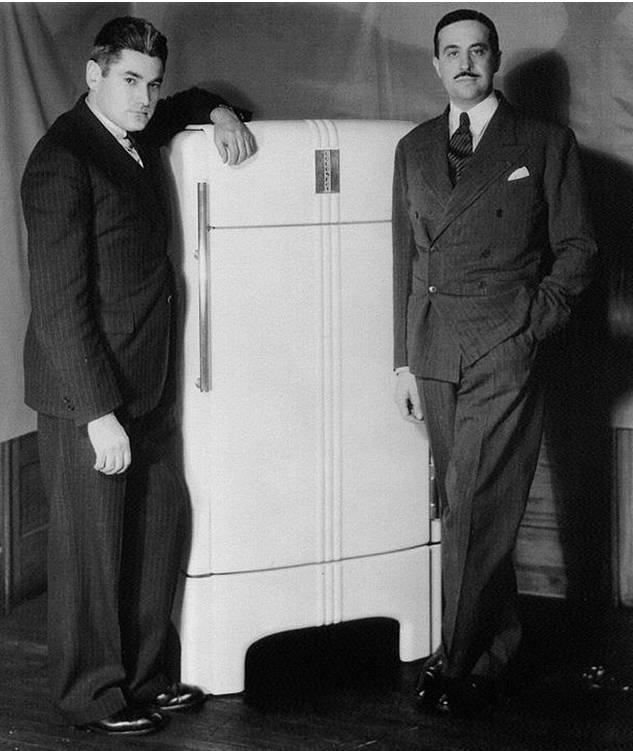
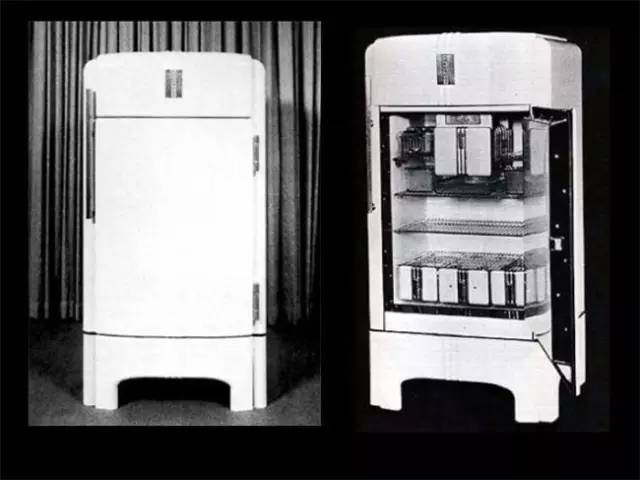
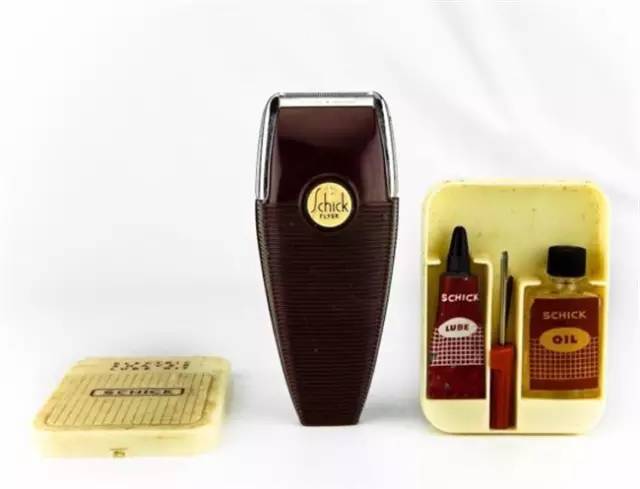
Comfort (Schick) electric razor, 1941
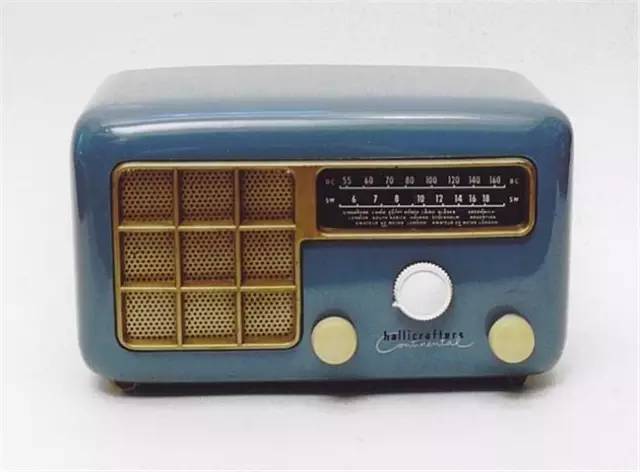
1947, Filben "Maestro" jukebox.
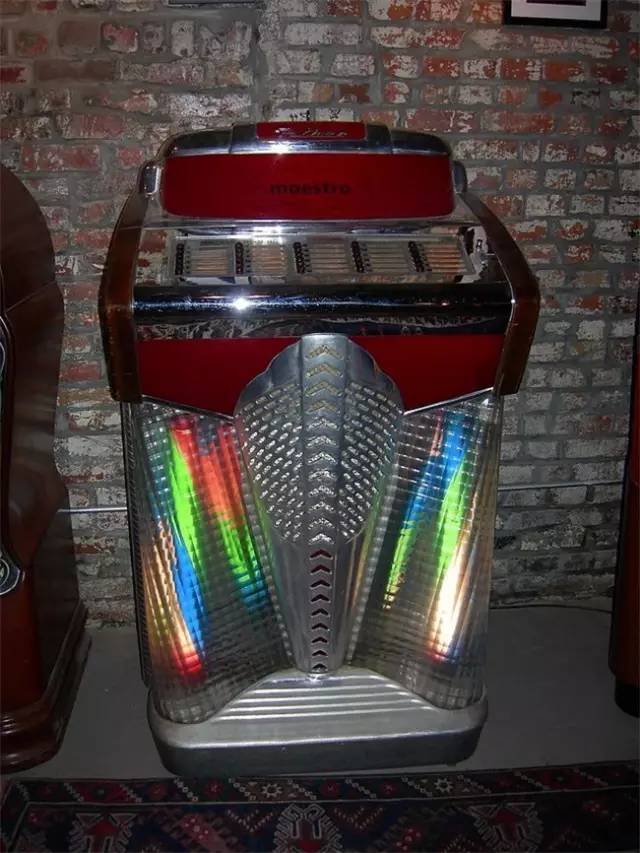
1947 Emerson Model 511 Shortwave Radio
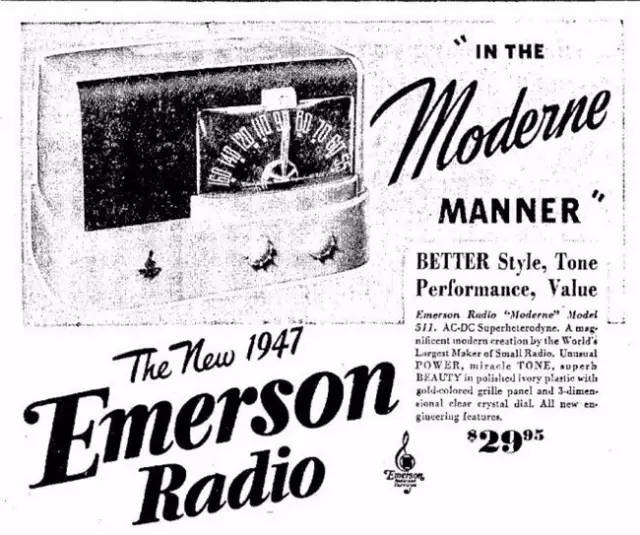
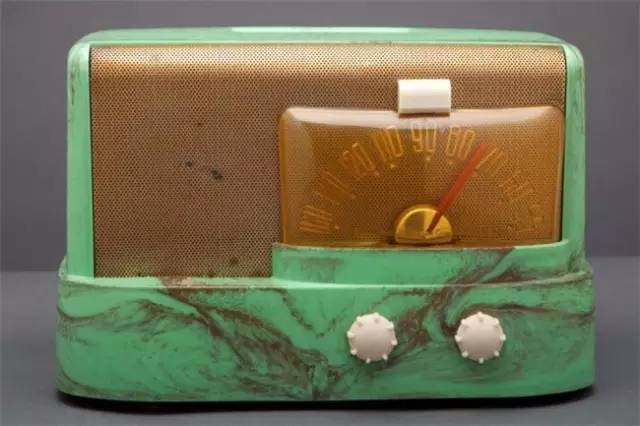
1947 Emerson Model 511 Shortwave Radio
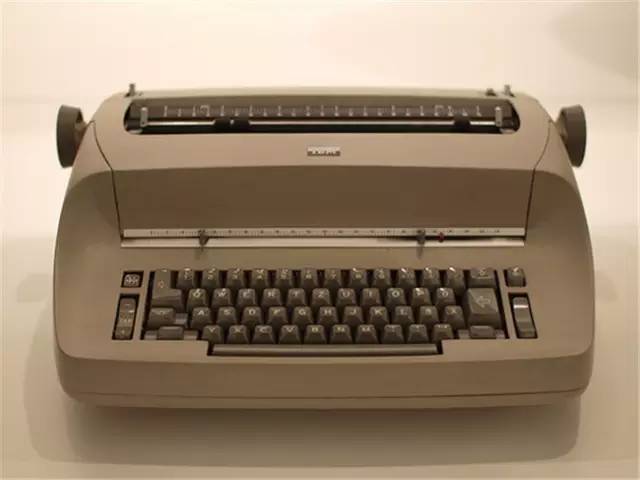
IBM Model 026 key punch, 1949.
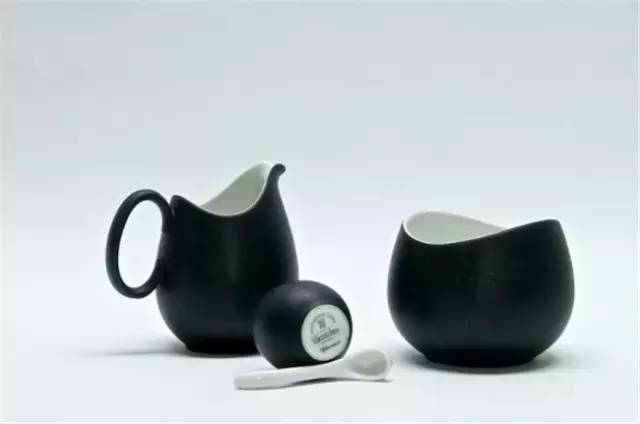
Rosenthal Tea Set, 1950
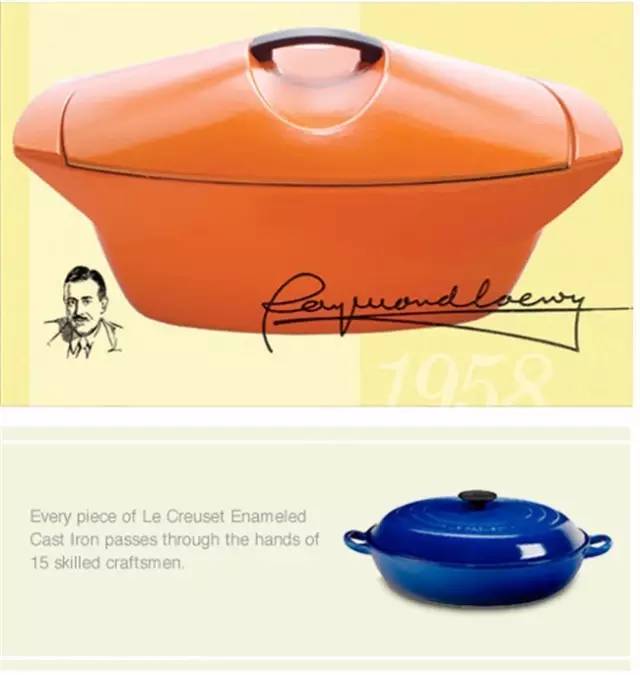
1958, Le Creuset French Oven
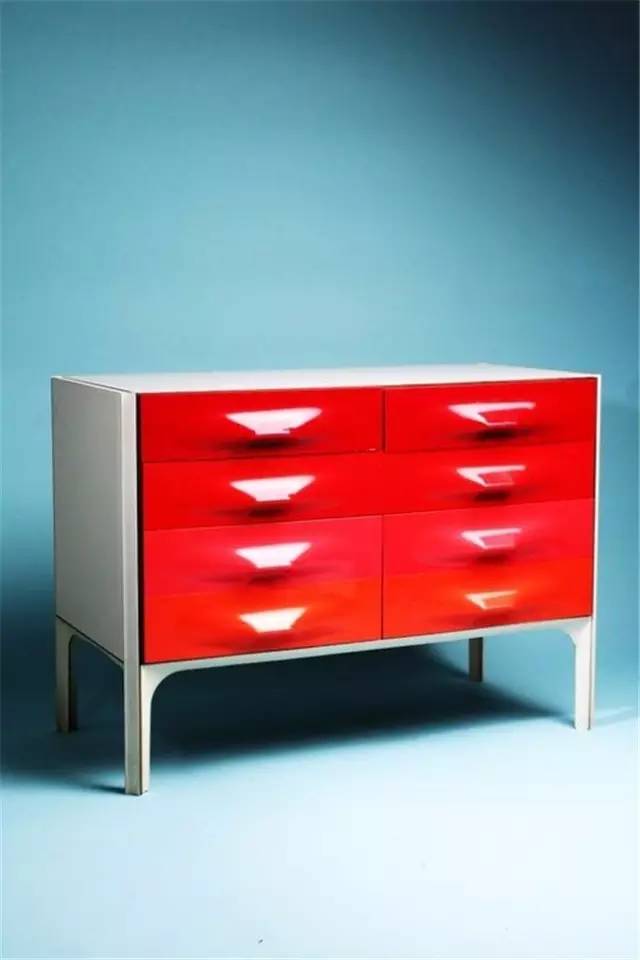
Doubinsky Frères DF-2000 series cabinets, 1965.
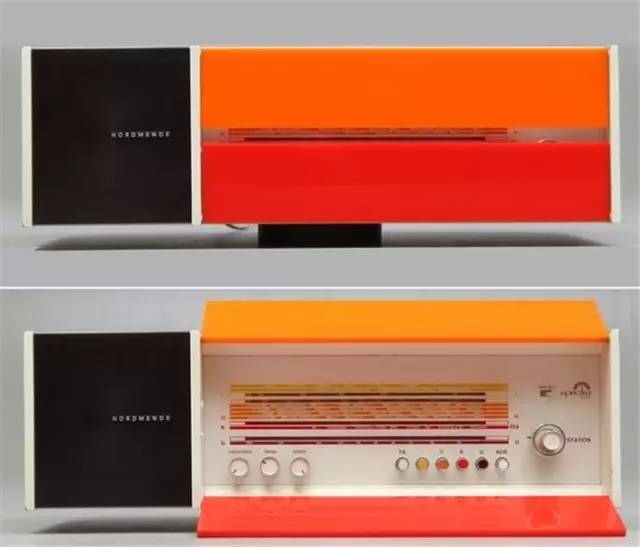
Nordmende radio, 1968.
Packaging & Branding
In addition to industrial design, in 1940, Rowe began to undertake product packaging and corporate identity design, which began as a result of a bet. For a long time, the "Good Colours" cigarette box had a green and red packaging design, and the boss of the American Tobacco Company bet Rowe $50,000 that he couldn't change the familiar image.
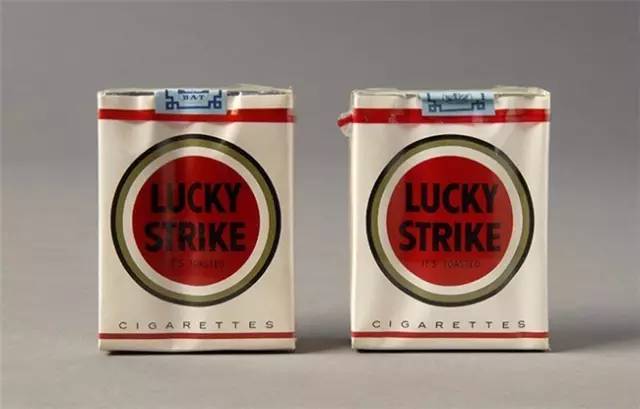
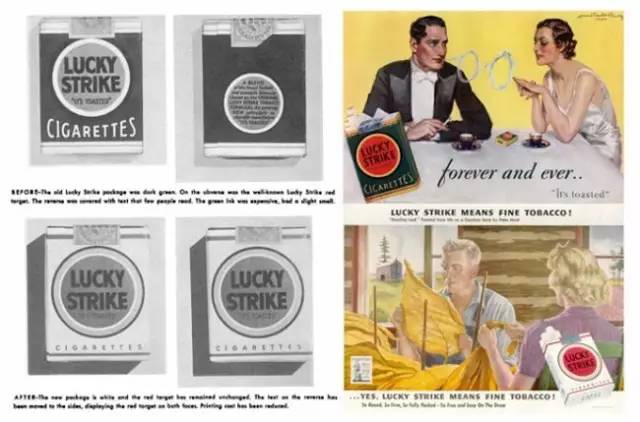
In 1954, Rowe was commissioned by the Coca-Cola Company to optimise the design of the Coca-Cola bottle in order to become a brand "recognisable by 90% of the world's population".
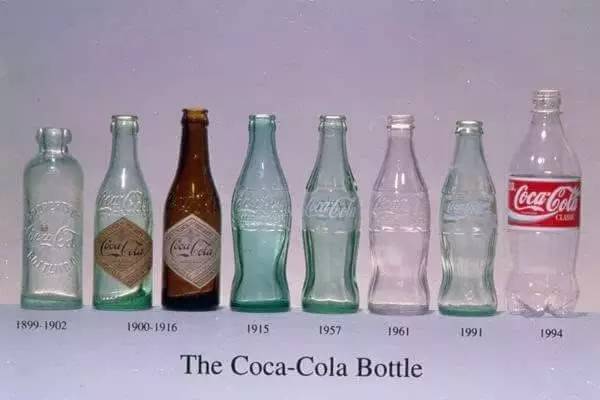
He gave the bottle more feminine curves and removed the embossed design in favour of clear white letters "Coke" and "Coca-Cola". In 1960, he designed the first aluminium can of Coca-Cola with a diamond grid.
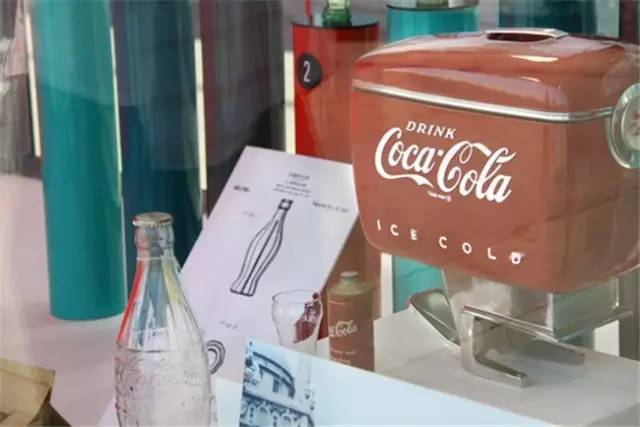
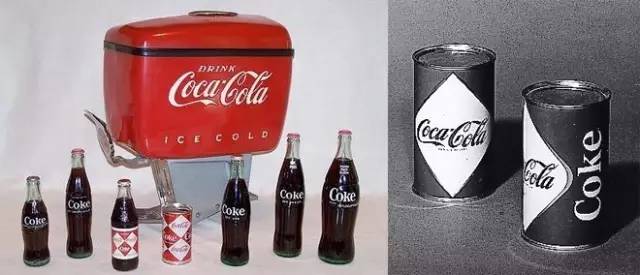
In 1971, when redesigning the corporate identity for Shell, Lowe did a brand makeover that both continued the shell concept of the original logo and stylised it for a cleaner and more powerful visual effect.
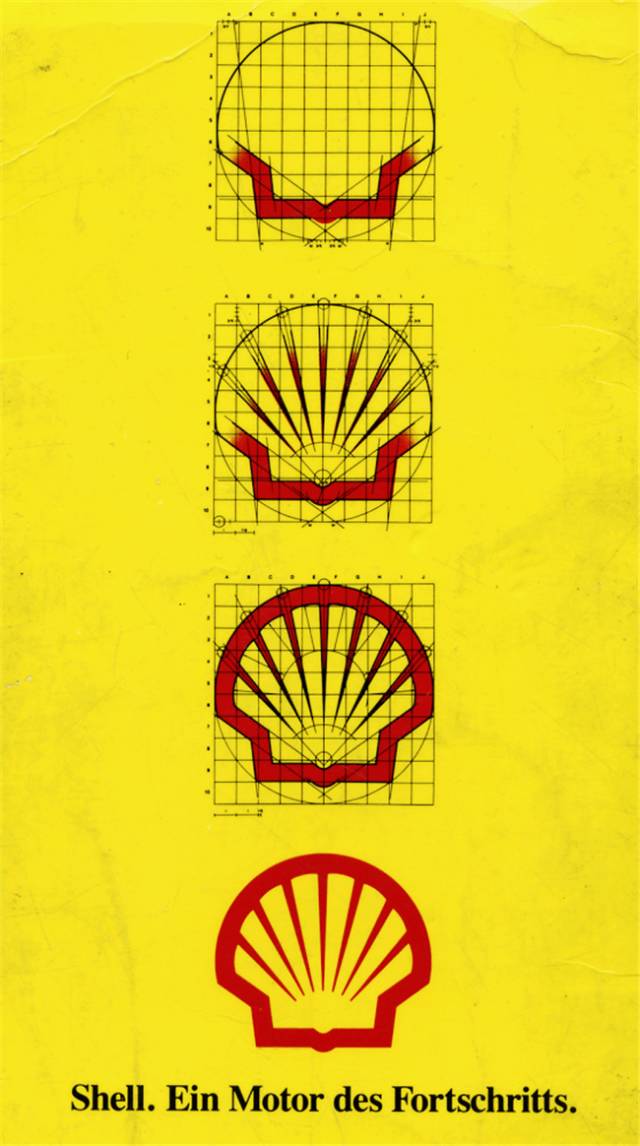
Rowe has explained his logo design thus, "I seek a strong visual impact that leaves a lasting impression even at a short glance."
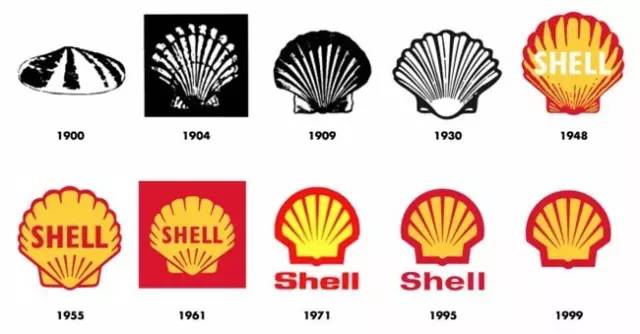
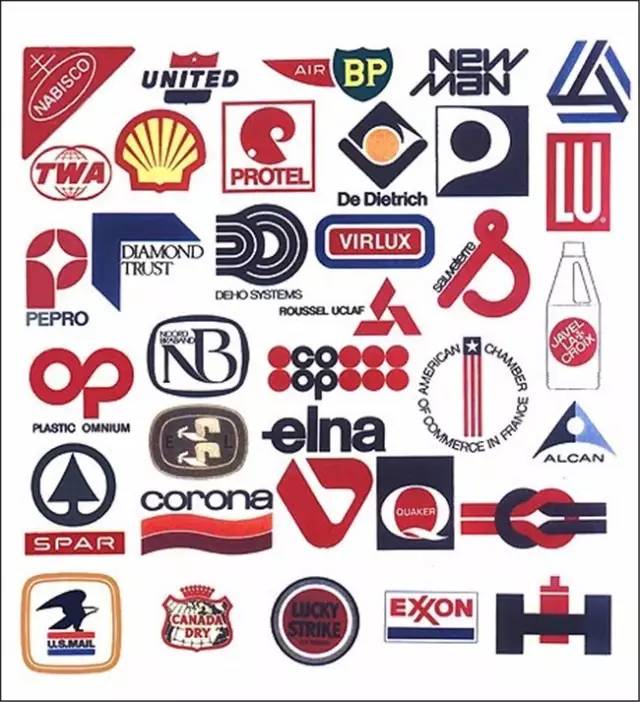
Raymond Lowe's other brand logo design work.
From 1967 to 1973 Rowe was employed by NASA as a resident consultant on the design of Saturn-Apollo and the space station. His bold design - simulating gravity space; opening portholes that looked out to Earth - allowed three astronauts to live on the station for up to 90 days.
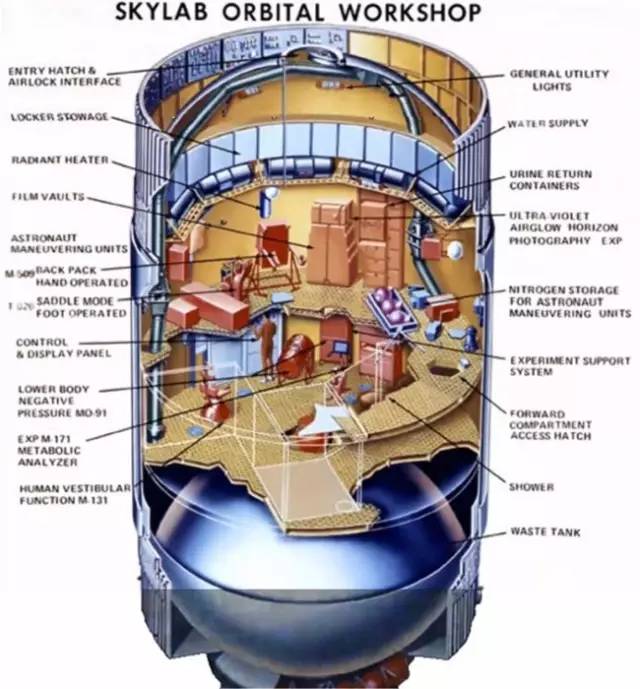
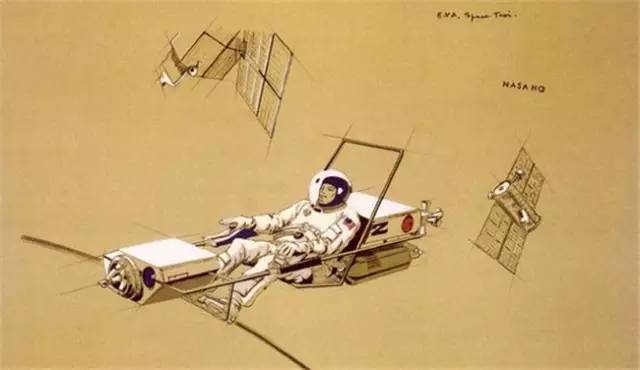
Small spacecraft for extravehicular use by astronauts.
The International Space Station designed by Raymond Loewy for NASA's Skylab programme in the 1970s. In a letter of thanks to Rowe, George Muller, head of NASA, wrote: "It is incredible that the astronauts live in relative comfort, high spirits, and with such efficiency on the space station! This is all due to your innovative design, Your Excellency. This design is the result of your deep understanding of human needs."
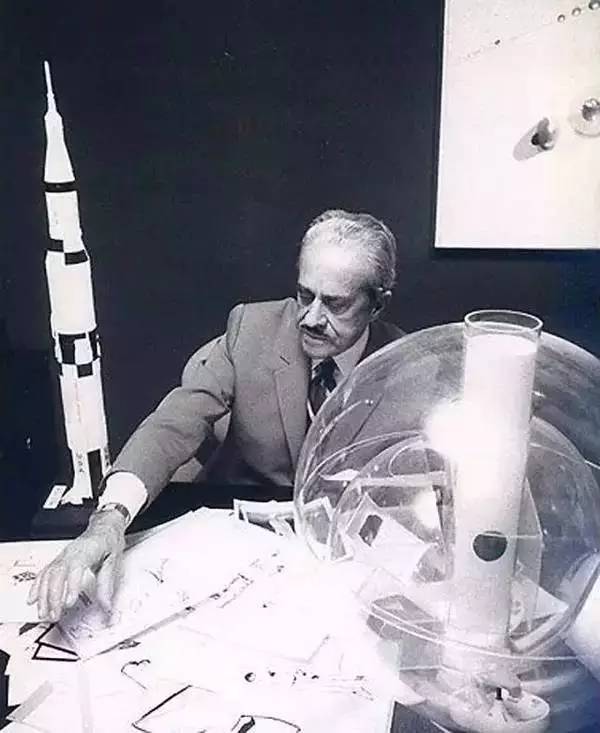
It is easy to see from its life's work that Rowe combined streamlining with European modernism to establish a unique design language, and his perfect combination of design and business gave new life to industrial design.
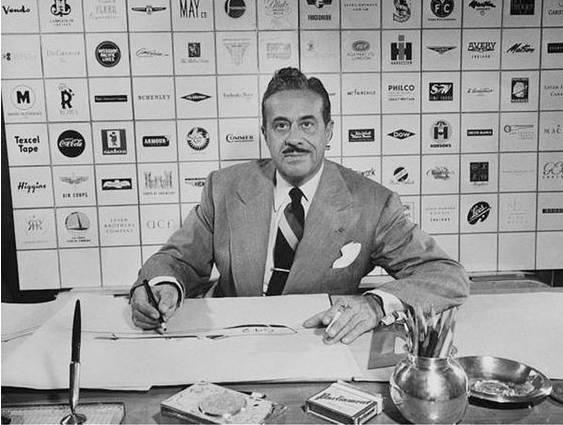
The Germans' greatest contribution to design was the establishment of a modern design theory and education system, and a great deal of experimentation. Then the greatest contribution of modern American design was to develop industrial design and to professionalise and commercialise it. It is no exaggeration to say that Rowe's life is a brief history of the development of American industrial design. Rowe deserves the title of Father of Industrial Design.
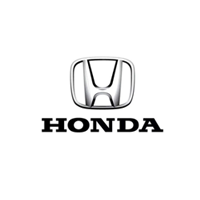
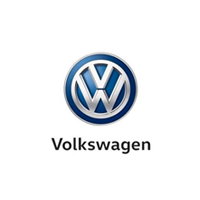
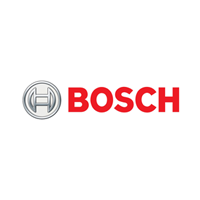
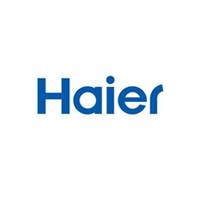




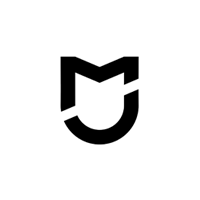
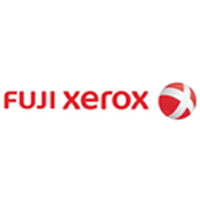


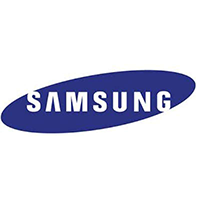


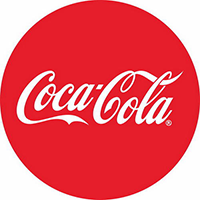
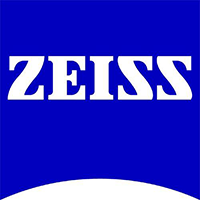
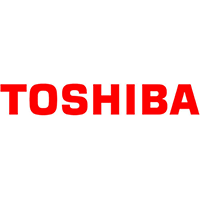
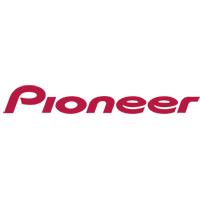








Please feel free to consult us!

